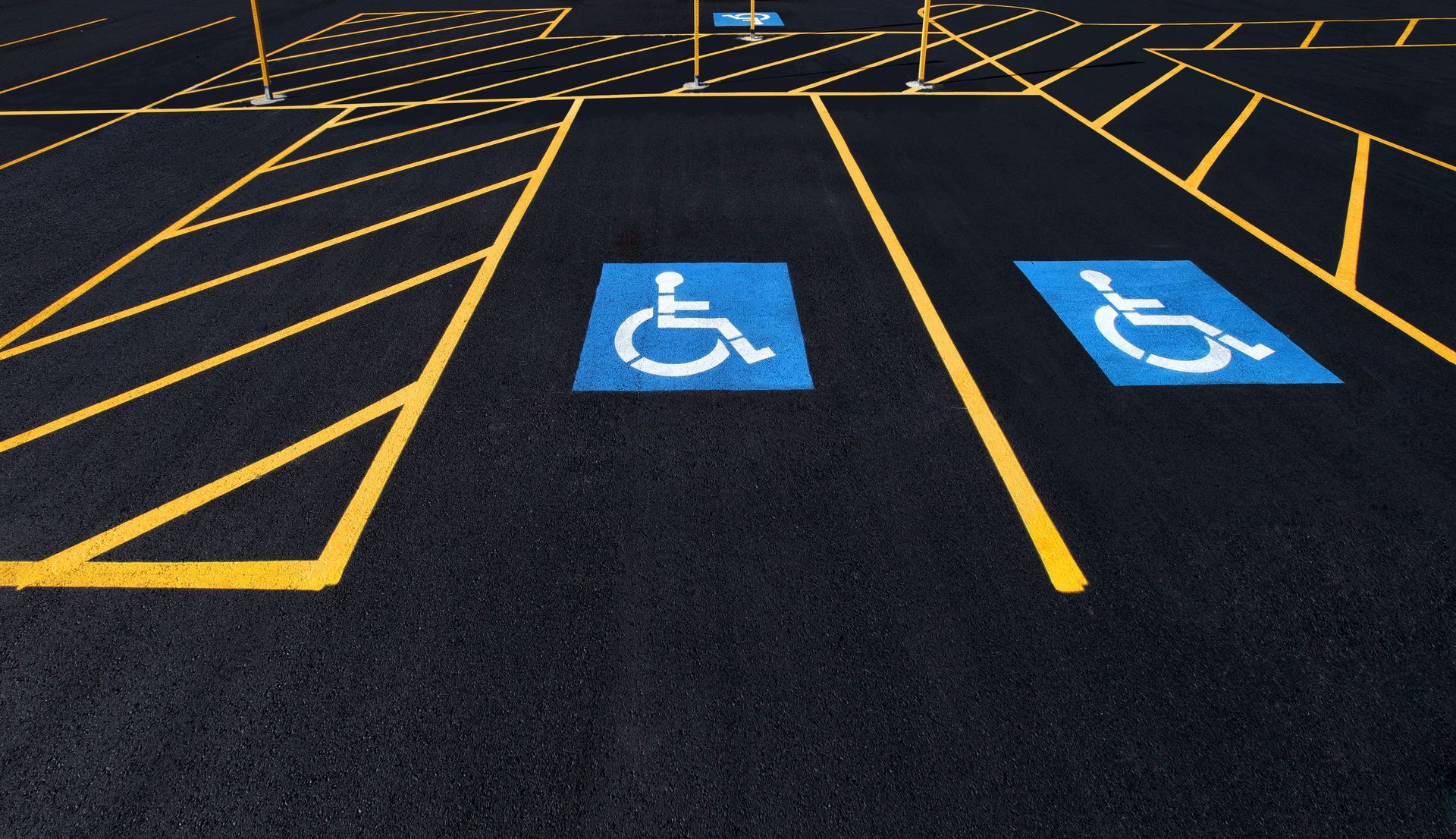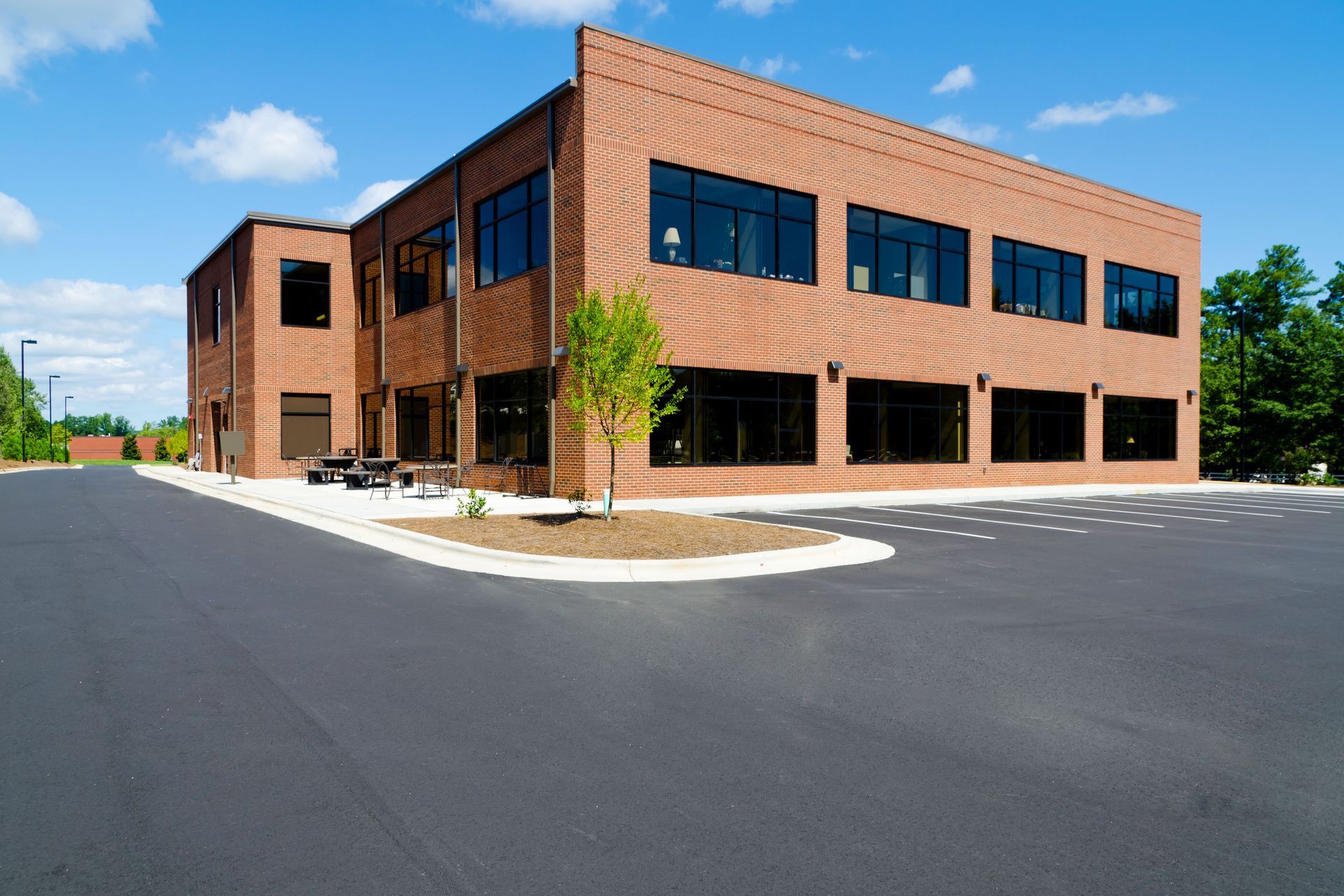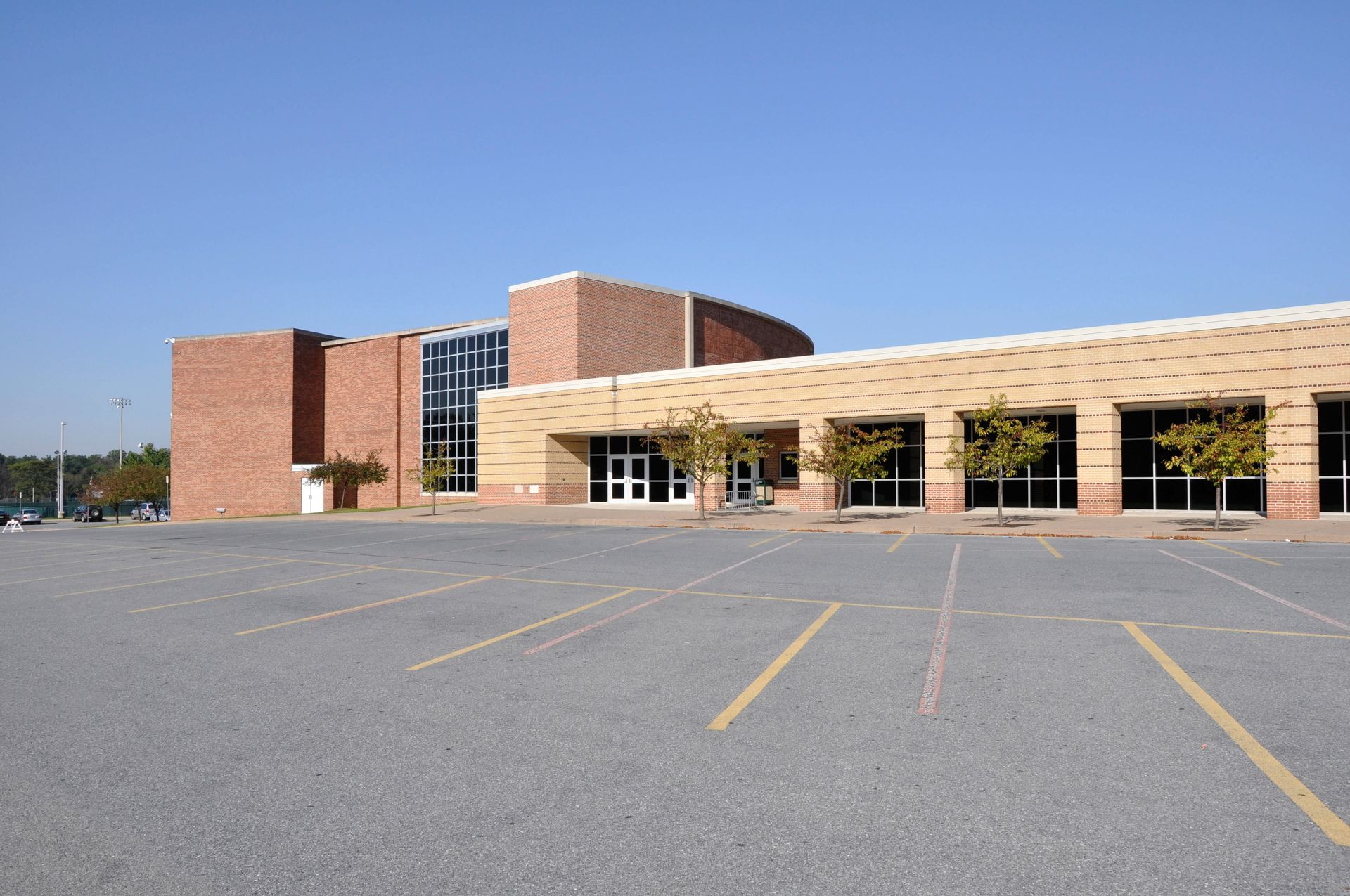How Proper Parking Lot Striping Improves Safety and Traffic Flow
Parking lot line striping is a crucial aspect of ensuring safety and enhancing traffic flow in densely populated areas. Well-designated lines and symbols play a vital role in guiding vehicle movement, minimizing congestion, and protecting pedestrians. Unfortunately, many parking lots suffer from poorly maintained or improperly marked striping, leading to accidents and inefficiencies. Without clear demarcations, vehicles struggle to park within designated boundaries, and drivers often find themselves unsure of traffic patterns. Therefore, investing in proper striping is not just a matter of aesthetics but a functional necessity that impacts overall safety and ease of navigation.
The Role of Standardized Parking Space Dimensions
Ensuring Adequate Vehicle Clearance
The standardization of parking space dimensions is vital for ensuring that all types of vehicles have adequate clearance when maneuvering. This standardization is based on extensive studies that aim to accommodate the widest variety of vehicle sizes and types, from compact cars to larger SUVs. Ensuring that spaces are neither too narrow nor too wide helps prevent minor collisions and door dings, reducing potential repair costs for vehicle owners. A typical parking stall generally occupies 250 to 400 square feet, depending on the width of the driving aisle it takes up, according to HomeAdvisor. Adequate clearance also enhances the overall flow and can significantly reduce the stress associated with parking.
Facilitating Mobility for Disabled Individuals
Proper striping with designated markings also facilitates better mobility for disabled individuals by highlighting accessible parking spaces. These spaces, marked with recognizable signs and extra width, are strategically placed near entrances to enhance accessibility. This not only complies with legal regulations but also ensures inclusivity, allowing individuals with mobility challenges to navigate parking lots with ease. By adhering to these dimensions and ensuring regular maintenance, parking facilities can transform into more user-friendly environments. Foregoing these considerations often results in a lack of suitable parking options and unfair barriers for individuals who require additional space for mobility aids like wheelchairs.
Accommodating Various Vehicle Sizes
The ever-growing variety of vehicle sizes on the road today necessitates adaptable parking solutions. While smaller cars require less space, larger vehicles like trucks and SUVs need wider stalls for easy parking and exit. The standardization of parking stall size helps create uniformity without compromising on space availability for larger vehicles. Efficient space design balances the needs across different vehicle types, reducing vehicle congestion and wasted space. The adaptability of the parking space design enhances ease of accessibility and ensures a seamless experience for all vehicle owners, ultimately contributing to improved traffic flow and safety.
Enhancing Traffic Flow through Directional Arrows
Guiding Drivers Effectively
Directional arrows serve as a silent guide, steering drivers towards the most efficient pathways within parking lots. Their presence reduces hesitation, minimizing the time vehicles spend idling while determining a correct route. Properly marked arrows help streamline entry and exit procedures, which can be especially beneficial during peak hours when traffic flow is at its highest. These elements are aligned with the overall layout of the parking area to support systematic movement and prevent traffic bottlenecks. Directing driver movement optimally can significantly improve the parking experience and mitigate the potential for accidents.
Minimizing Driver Confusion
The presence of clear directional indicators within a parking lot is imperative for minimizing driver confusion. Without them, drivers might move in erratic patterns, which can lead to unnecessary delays and increased risks of collisions. Directional arrows and symbols are typically placed at strategic junctions and crossings to guide vehicles efficiently. This minimizes frustration and enhances the overall user experience in a parking facility, while also ensuring that all drivers are on the same page regarding intended traffic directions. Easy-to-follow directions can mitigate a lot of stress for drivers unfamiliar with a parking area, ultimately leading to a safer environment for all.
Facilitating Emergency Vehicle Access
In an emergency, time is of the essence, and a well-organized parking lot can make all the difference in ensuring prompt access for emergency vehicles. Directional arrows not only benefit regular traffic but are crucial in directing emergency personnel during critical situations. A cluttered and confusing parking layout can hinder the path of fire trucks, ambulances, or police vehicles, potentially delaying critical services. Therefore, the foresight in designing parking lots with emergency access in mind is vital for safety. Incorporating routes that allow for rapid emergency response also requires occasional review and redesign to meet changing needs and standards.
Improving Safety with Clear Pedestrian Walkways
Separating Pedestrian and Vehicle Traffic
Clearly marked pedestrian walkways are essential components of parking lot safety, providing a distinct separation between foot and vehicle traffic. These walkways are often highlighted with distinct line patterns and can include color variations for easy recognition. Separating these modes of movement reduces the likelihood of pedestrian-related accidents by minimizing interaction points between pedestrians and vehicles. It ensures pedestrian convenience and safety as individuals can navigate the area without constantly watching for oncoming traffic. Ultimately, this results in a more organized flow of movement within the parking area.
Enhancing Visibility for Drivers
Visibility within a parking lot is significantly enhanced through the use of clear markings for pedestrian pathways. This not only aids pedestrians but also serves as a visual cue for drivers, reminding them to reduce speed and remain vigilant in these areas. Distinct walkways can be especially beneficial in low-light scenarios, guiding drivers' focus and enhancing overall safety. With the inclusion of crossing signage and pedestrian signals, the potential for incident is drastically reduced. These measures create a safer environment for both drivers and walkers, promoting mindfulness and cautious behavior.
Providing Safe Routes for Foot Traffic
Designated pedestrian walkways provide safe routes for foot traffic, linking parking spaces seamlessly with necessary facilities like store entrances. These pathways provide clarity and direction for pedestrians, ensuring they remain within safe zones and are protected from vehicular movement. Clear delineation of pedestrian zones is crucial at entry and exit points, where congestion tends to peak. Ensuring that these lanes remain unobstructed and clearly marked supports smooth transitions between parking and building access. Well-planned pedestrian routes contribute greatly towards a hazard-free environment, reducing potential accidents and insurance claims.
The Importance of Regular Maintenance and Re-striping
Preventing Faded Markings from Becoming Hazards
Regular maintenance, including re-striping, is paramount in preventing faded markings from becoming safety hazards. With exposure to elements such as sun, rain, and snow, parking lines gradually wear away, losing visibility and effectiveness. Faded markings can lead to confusion, resulting in increased accident risks and inefficient space usage. Scheduled re-striping ensures that all markings remain bright and visible, aiding in the proper alignment of vehicles and pedestrian guidance. Proper maintenance reflects a commitment to safety and sets a standard for all users of the parking facility.
Maintaining Compliance with Legal Standards
Adhering to legal standards is crucial for parking lot management, and part of this compliance includes maintaining well-defined striping. Legal regulations often dictate specific width requirements for lanes, handicap spots, and traffic flow controls, among other criteria. Regular updates to striping ensure these guidelines are met, preventing potential fines and legal ramifications for non-compliance. Failure to adhere can result not only in monetary penalties but also in jeopardizing the safety of visitors and decreasing property value. Re-striping as part of a regular maintenance routine safeguards against such adverse outcomes.
Ensuring a Consistent Look and Feel
Beyond functionality, maintaining consistent striping offers aesthetic benefits, ensuring the parking area is visually appealing and inviting. Fresh, clearly marked lines create a sense of order and organization, which has a positive impression on users of the facility. Consistent appearance also lends itself to brand integrity and professionalism, indicative of a well-managed business or property. Over time, this consistent upkeep helps extend the lifespan of the parking area by preventing premature wear and damage. Investing in regular re-striping is an essential consideration for any property manager dedicated to long-term operational success.
Proper
parking lot line striping plays a pivotal role in enhancing safety, optimizing traffic flow, and offering environmental benefits. It ensures the clear demarcation of parking spaces, enables effective traffic management through strategic designs, and separates pedestrian areas from vehicular traffic. Regular maintenance and technological advancements further bolster these benefits, promising better user experiences and longer parking facility lifespans. Adherence to best practices in striping not only meets legal requirements but also paves the way for a more sustainable, efficient, and safe parking experience. Whether through contemporary materials, reflective technologies, or integrations with smart systems, the importance of investing in proper parking lot line striping cannot be overstated. Call Alto Construction today!











Share On: